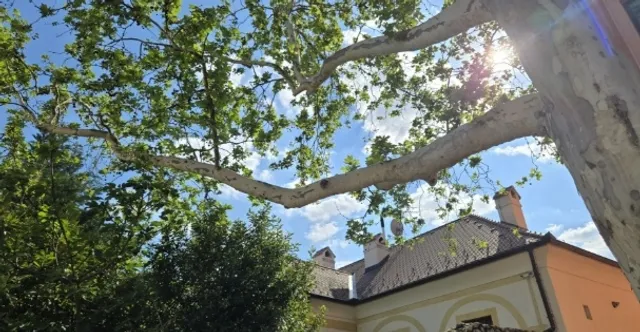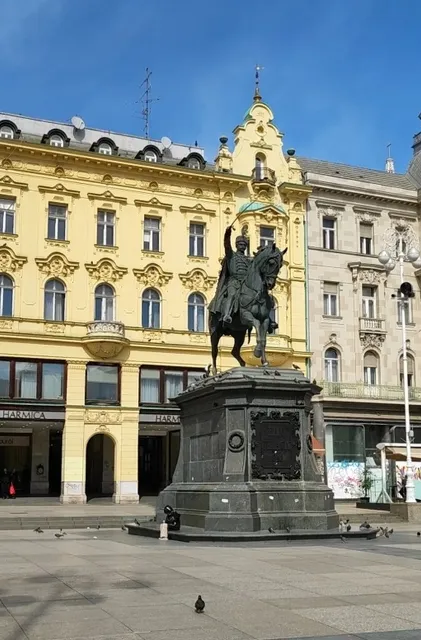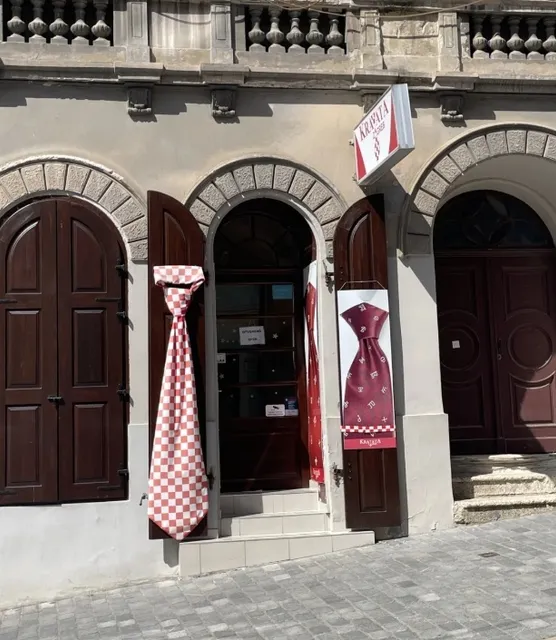Cathedral of Zagreb things to do, attractions, restaurants, events info and trip planning

Basic Info
Cathedral of Zagreb
Kaptol 31, 10000, Zagreb, Croatia
4.6(6.8K)
Open 24 hours
Save
spot
spot
Ratings & Description
Info
Zagreb Cathedral, located at Kaptol, Zagreb, is a Roman Catholic cathedral-church. It is the second tallest building in Croatia and also the most monumental sacral building in Gothic style southeast of the Alps. It is dedicated to the Assumption of Mary and to kings Saint Stephen and Saint Ladislaus.
Cultural
Accessibility
attractions: Ban Josip Jelačić Statue, Park Ribnjak, Monument of the Assumption of the Blessed Virgin Mary, Manduševac, Stone Gate, Zagreb 360° observation deck, Klovićevi Dvori Gallery, Zagreb 80's museum, Mushroom Museum, Marija Jurić Zagorka Memorial Apartment Museum, restaurants: Kaptolska Klet, Pod Zidom Bistro, Plac Kitchen & Grill, weare50, Curry Bowl, Otto & Frank, Kai Street Food, Kungfu Express, Lanterna na Dolcu, Meet Mia
 Learn more insights from Wanderboat AI.
Learn more insights from Wanderboat AI.Website
katedrala.hr
Plan your stay

Pet-friendly Hotels in City of Zagreb
Find a cozy hotel nearby and make it a full experience.

Affordable Hotels in City of Zagreb
Find a cozy hotel nearby and make it a full experience.

The Coolest Hotels You Haven't Heard Of (Yet)
Find a cozy hotel nearby and make it a full experience.

Trending Stays Worth the Hype in City of Zagreb
Find a cozy hotel nearby and make it a full experience.
Reviews
Nearby attractions of Cathedral of Zagreb
Ban Josip Jelačić Statue
Park Ribnjak
Monument of the Assumption of the Blessed Virgin Mary
Manduševac
Stone Gate
Zagreb 360° observation deck
Klovićevi Dvori Gallery
Zagreb 80's museum
Mushroom Museum
Marija Jurić Zagorka Memorial Apartment Museum
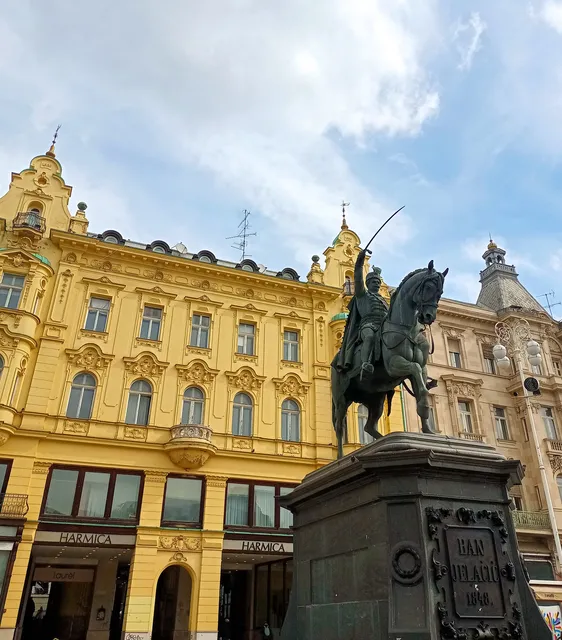
Ban Josip Jelačić Statue
4.7
(8.9K)
Open 24 hours
Click for details
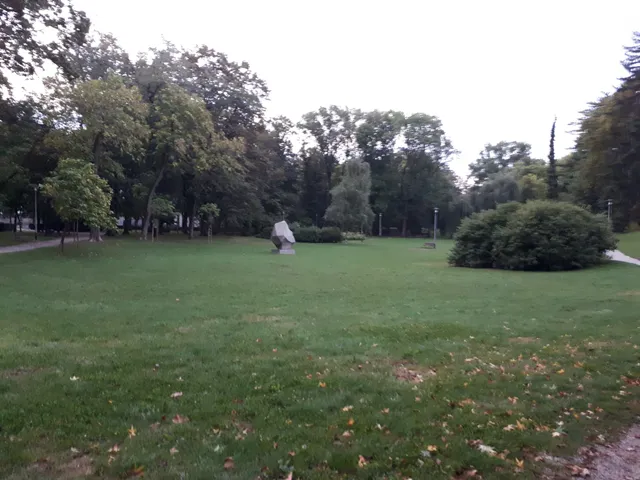
Park Ribnjak
4.6
(2.1K)
Open 24 hours
Click for details
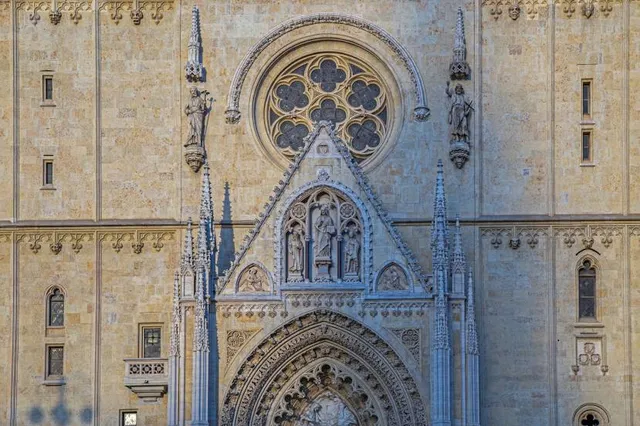
Monument of the Assumption of the Blessed Virgin Mary
4.6
(243)
Open 24 hours
Click for details
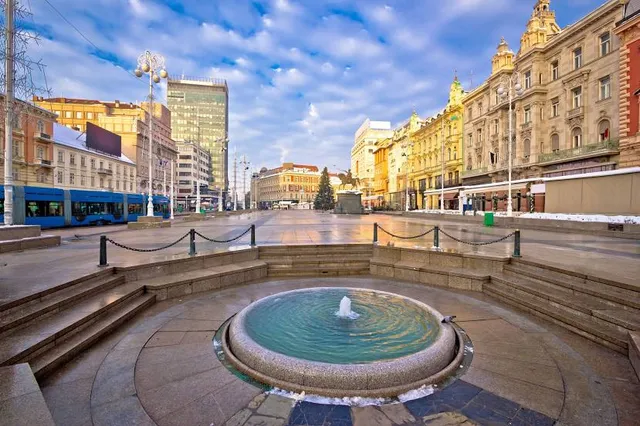
Manduševac
4.7
(394)
Open 24 hours
Click for details
Things to do nearby
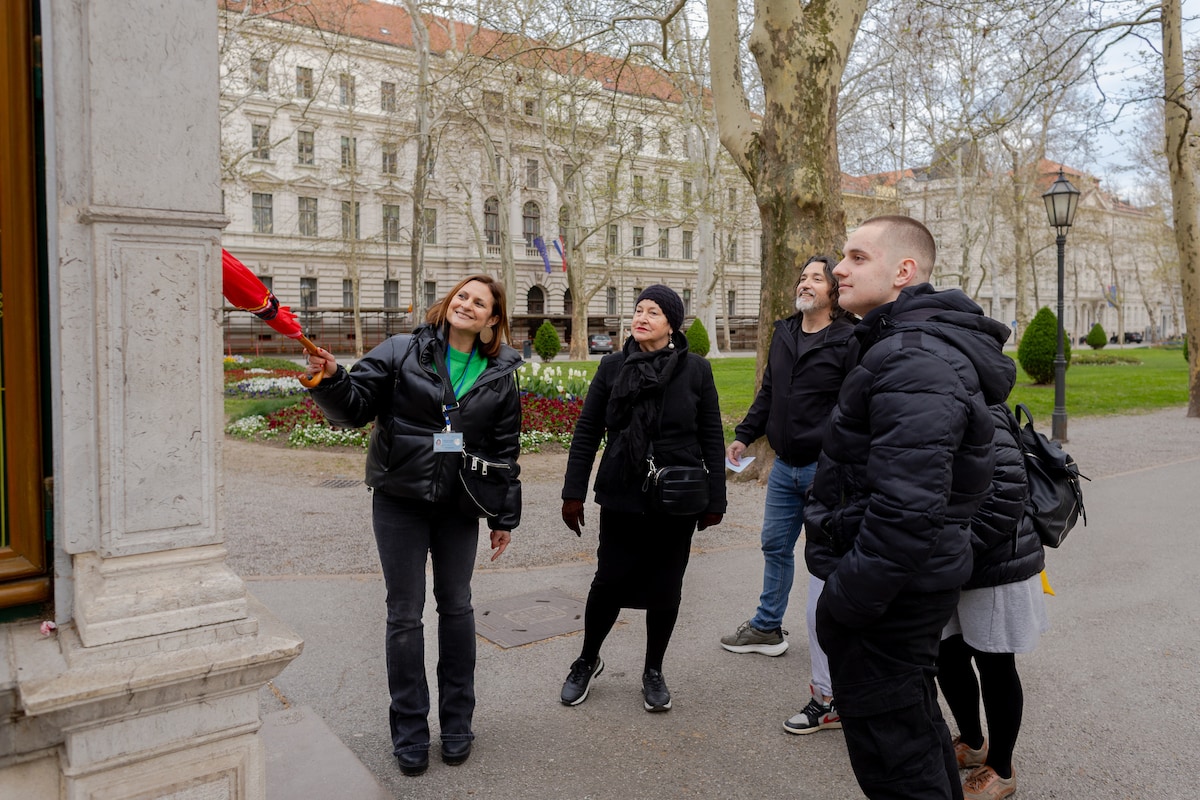
Jump into Zagreb: Small group walking tour
Mon, Jan 5 • 10:00 AM
10000, Zagreb, Croatia
View details
Nearby restaurants of Cathedral of Zagreb
Kaptolska Klet
Pod Zidom Bistro
Plac Kitchen & Grill
weare50
Curry Bowl
Otto & Frank
Kai Street Food
Kungfu Express
Lanterna na Dolcu
Meet Mia
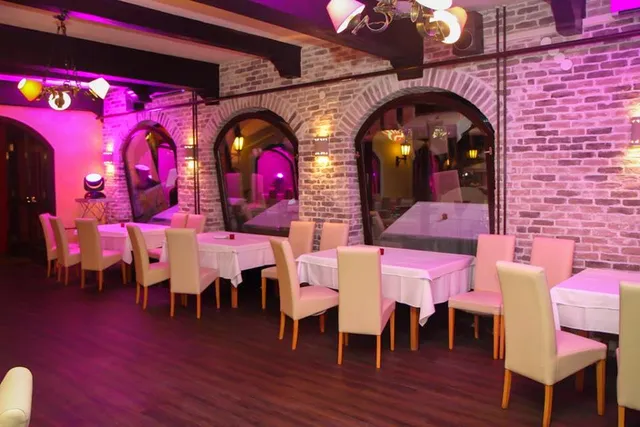
Kaptolska Klet
4.3
(1.0K)
$$
Click for details
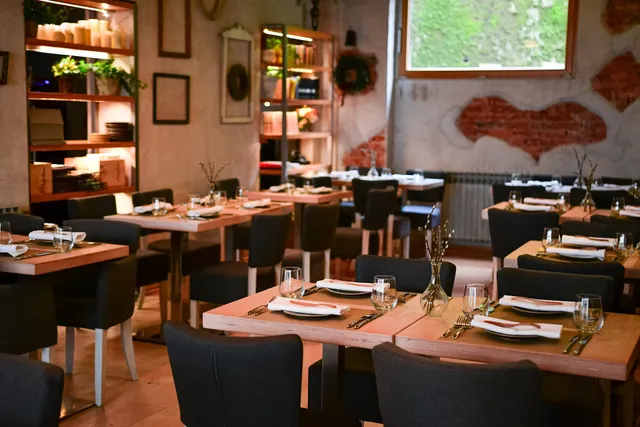
Pod Zidom Bistro
4.7
(1.0K)
$$
Click for details

Plac Kitchen & Grill
4.5
(1.3K)
Click for details

weare50
4.5
(492)
Click for details


